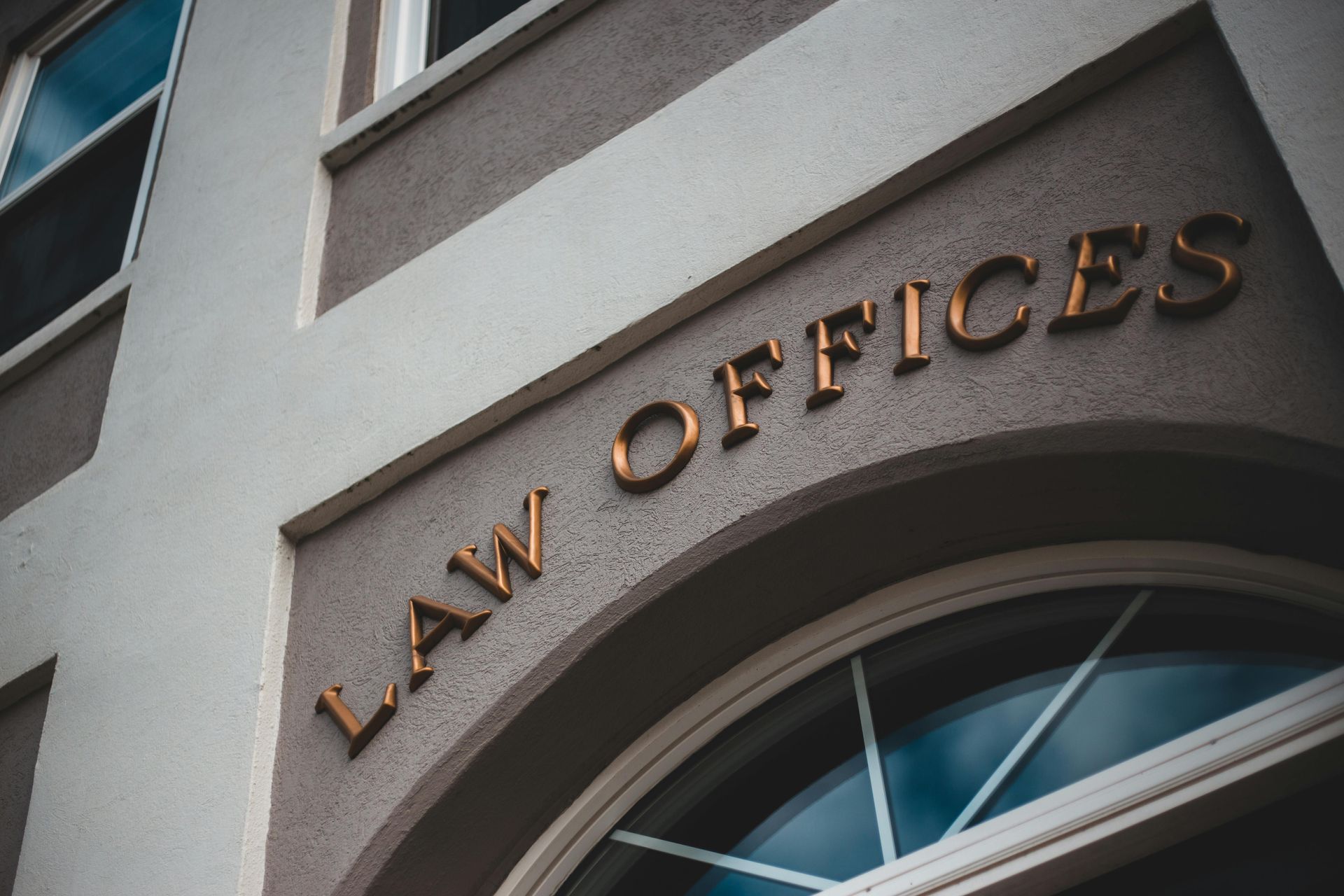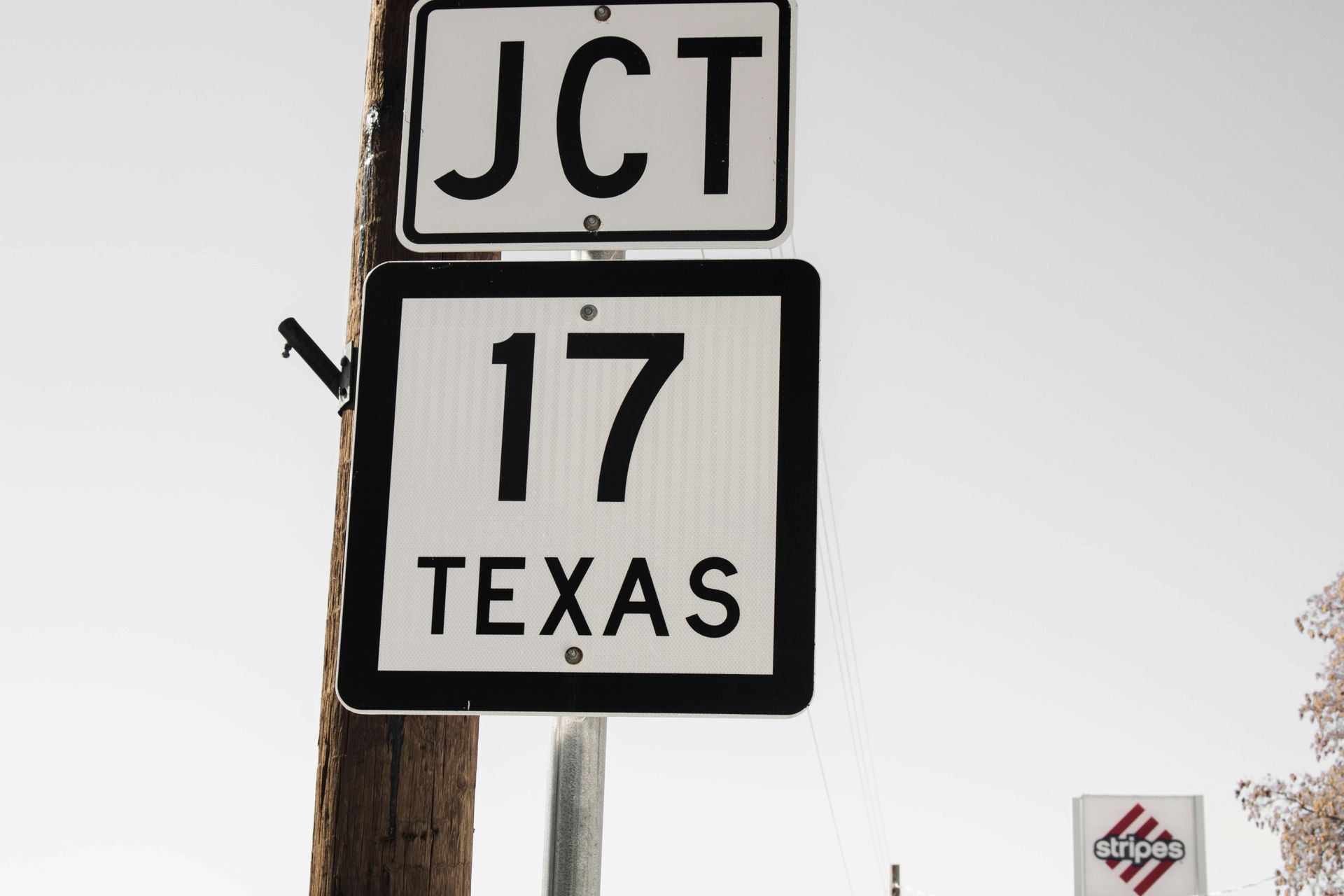Acceptable Trademark Specimens
ATTORNEYS IN DALLAS
The role of specimens during trademark prosecution, including the types of acceptable specimens, industry customs, and scenarios where a specimen may demonstrate the mark's functionality or lack thereof.
Acceptable Trademark Specimens
During the process of trademark prosecution, it is necessary to provide specimens. A specimen serves as an illustrative example demonstrating the use of the trademark or service mark in commerce, specifically in connection with the goods or services specified in the trademark application. If you submit a trademark application under Section 1(a) of the Trademark Act, you must include a specimen at the time of filing the application. In the case of a trademark application filed under Section 1(b) of the Trademark Act, a specimen must be submitted when filing a Statement of Use. However, if the application is based on §44 or §66(a) of the Trademark Act, no specimen is required. These provisions only necessitate a genuine intent to use the mark and do not mandate actual use of the mark prior to registration.
Specimens for Trademarks
A trademark specimen can take the form of a digital image depicting the use of the trademark on the actual goods, such as on the product itself, a tag, label, container, or a display associated with the goods. For instance, a webpage displaying the goods and offering a means to purchase the product can serve as a display associated with the goods if the trademark is presented on the webpage in a way that connects it with the product. For further details on how a webpage can be utilized as a specimen for goods, please refer to §904.3(k) of The Trademark Manual of Examining Procedure. It is necessary to provide one specimen for each International Classification identified in the trademark application.
When evaluating the acceptability of a specimen, the USPTO takes into consideration industry customs that may be deemed appropriate. For example, within the realm of video tapes, computer programs, and the movie industry, it is a common practice to apply trademarks to the programs or movies when they are displayed on the screen. In such cases, it is not mandatory for purchasers to encounter the trademark before making a purchase. Consequently, a photograph of the screen display would qualify as an acceptable specimen.
There are instances where a specimen may demonstrate that the applied-for mark does not function as a trademark. The following list, though not exhaustive, provides examples of such scenarios: (1) the mark is exclusively used as a trade name; (2) the mark serves solely as ornamentation; (3) the mark merely identifies a performing artist, author, or character; (4) the mark merely identifies a process, system, or method; (5) the mark is purely informational; and (6) the mark may solely refer to a domain name.
Specimens for Service Marks
For a service mark, the specimen must demonstrate the mark's usage in the sale or advertising of the services identified in the trademark application. Acceptable specimens may include website pages, newspaper and magazine advertisements, business cards, brochures, menus, and similar materials. Sometimes, providing a supporting declaration describing the service offered in connection with the trademark can be beneficial. To be deemed acceptable, the specimen must exhibit the use of the mark in a way that potential consumers would perceive as identifying the applicant's services and indicating their source. A deficient specimen would be one that solely displays the mark without describing the services. However, exceptions exist for specimens submitted during the provision or performance of the services.
In such cases, it may not be necessary to explicitly reference the services on the specimen itself. An example illustrating this exception can be found in the case of In re International Environmental Corporation, 230 U.S.P.Q. 688, 1986 WL 83608 (TTAB 1986), where the Trademark Trial and Appeal Board (TTAB) determined that a specimen was acceptable despite lacking explicit reference to the applicant's services. In this particular case, the specimen consisted of a survey distributed to potential customers of the applicant's heating and air conditioning services. The record indicated that the sale of the services involved understanding the customers' needs, and the surveys served as a means for the applicant to offer its distributorship services to the public.
Contact an Experienced Trademark Attorney
If you need legal advice regarding your trademark rights, assistance with trademark prosecution, or representation in a domain name dispute, contact Wilson Whitaker Rynell. Our team of trademark lawyers has extensive experience in all aspects of trademark and copyright law, including the filing of trademark applications and representing clients in defense or prosecution before the Trademark Trial and Appeal Board.
- 66(a) Applications
- Abandoning a Trademark Application or Withdrawing a TTAB Proceeding
- Abandonment and Nonuse
- Abbreviations as Trademarks
- Accelerated Case Resolutions
- Acquired Secondary Trademark Meaning
- Amending Trademark Application
- Assigning a Trademark
- Assigning a Trademark and the Intent to Use Application
- Avoiding Fraud on Trademark Applications
- Avoiding Trademark Litigation
- Basis for Filing a Trademark
- Benefits of Registering a Trademark
- Bona Fide Intent to Use
- Celebrity Trademarks
- Challenging the Relatedness Factor
- Challenging Trademark Rights
- Claims in a Notice of Opposition
- Co-Existence Agreements
- Common Law Trademarks in the Internet Era
- Common Law Use and Priority
- Conflicting Marks
- Consent Agreements
- Constructive Use Priority
- Dates of Use
- Defenses in Opposition and Cancellation Proceedings
- Descriptive or Generic Trademarks
- Design Marks
- Design Trademarks
- Determining Trademark Similarities
- Discovery in TTAB Proceedings
- Dividing a Trademark Application
- Drawing Page
- Electronic Display Specimens for Trademarks
- Evidence in TTAB Proceedings
- Evidence of Acquired Distinctiveness
- Expediting Trademark Cancellation for Nonuse or Abandonment
- Extending Time to Oppose
- Factors of a Likelihood of Confusion Analysis
- False Suggestions of Connection
- Famous Trademarks and Likelihood of Confusion and Dilution
- Filing an Opposition or Cancellation Proceedings
- First Sale Doctrine
- Five Years of Use
- Foreign Trademark Rights
- Generic Trademarks
- Geographic Trademarks
- Hiring Trademark Counsel
- Immoral and Scandalous Trademarks
- Incontestability of U.S. Trademarks
- International Trademark Filings
- Joint Trademark Ownership
- Lawful Use of a Trademark in Commerce
- Likelihood of Confusion Analysis
- Likelihood of Confusion Refusal
- Merely Descriptive Trademarks
- Multiple Bases for a Trademark Application
- Overcoming and Ornamentation Trademark Refusal
- Personal Name Trademarks
- Principal and Supplemental Registers
- Protecting Single Creative Works
- Recording Trademark Assignments
- Refusal of a Trademark
- Refusing a Trade Dress Application
- Registering a Certification Trademark
- Registering a Service Mark
- Registering a Trademark That Lacks Inherent Distinctiveness
- Registering an International Trademark
- Relatedness of Goods or Services
- Request for Reconsideration in Trademark Office Action
- Requirements for International Trademark Application
- Revive an Abandoned Trademark Application
- Secondary Meaning
- Source Confusion
- Special Trademark Applications
- Standard Character and Special Format Marks
- Standing in Opposition and Cancellation Proceedings
- State Trademark Registration
- Statement of Use Extensions
- Tacking Doctrine
- Technical Trademark Use
- The Supplemental Register
- Trade Dress
- Trade Dress Application
- Trademark Application
- Trademark Clearance Searches
- Trademark Disclaimers
- Trademark Licensing
- Trademark of Authors, Performing Artists, and Characters
- Trademark Ownership
- Trademark Protection In Texas
- Trademark Settlements
- Trademark Specimens
- Trademark Specimens
- Trademark Use by Related Company
- Trademark Use in Advertising
- Trademark Use in Commerce
- Trademarking a Distinctive Mark
- Trademarking a Hashtag
- Trademarks for Musical Artists
- TTAB Discovery Rules
- TTAB Proceedings
- U.S. Service Mark
- U.S. Trade Dress
- Understanding Trade Channels
- Unitary U.S. Trademark
- Universal Symbols as Trademarks
- Using Secondary Sources
- What is an Ex Parte Appeal?
- Where to Register a Trademark
- Who Must File a Trademark?
CLIENT MATTERS
5,000+
YEARS OF SERVICE
25+
Award Winning
Recognized in the legal industry as dedicated board-certified lawyers and Rising Stars.
Expert Team
Your project will be handled by legal experts every time. You will have the most experienced attorneys working for you.
Quality Representation











